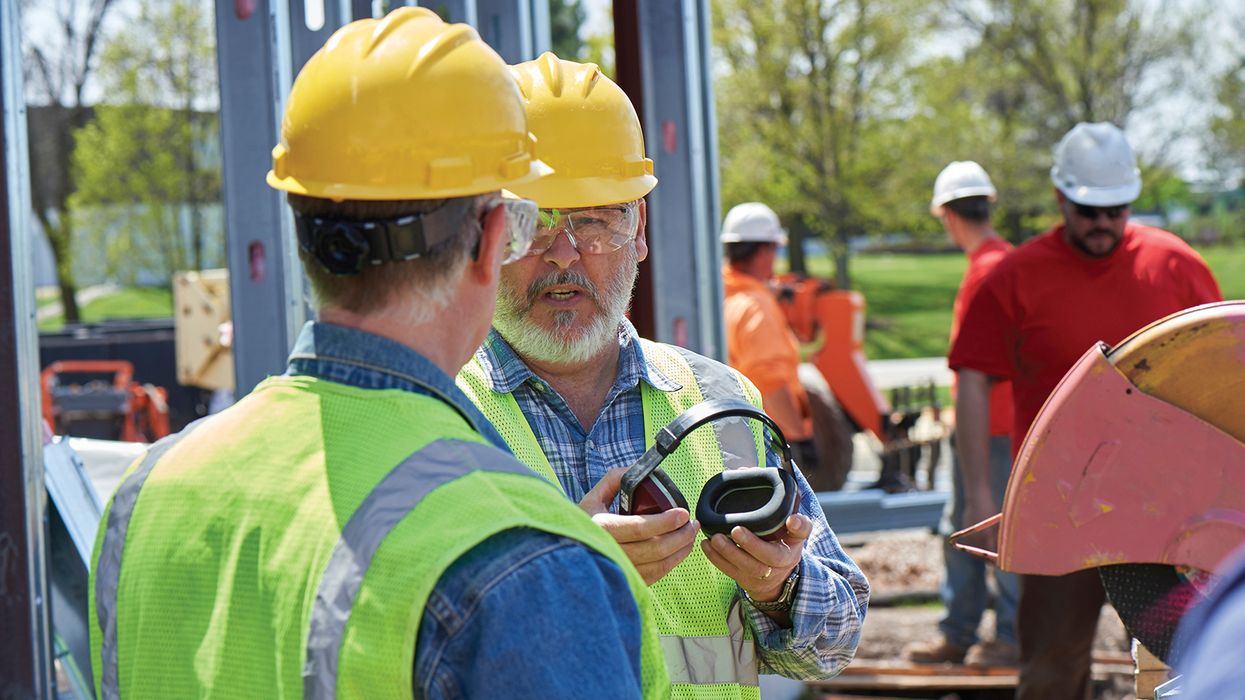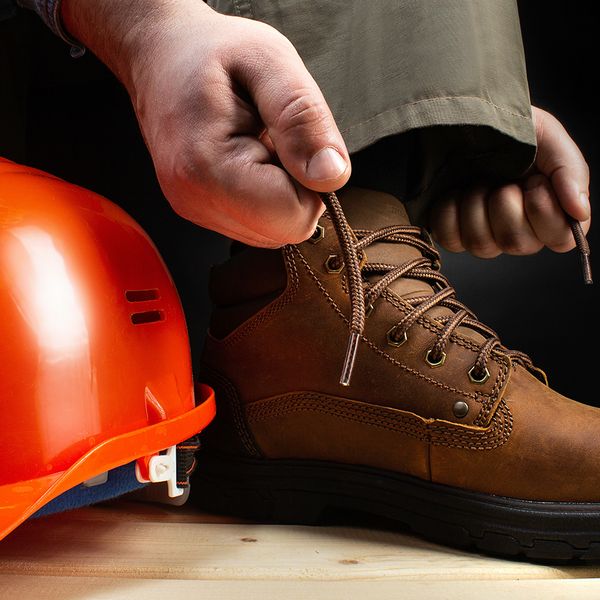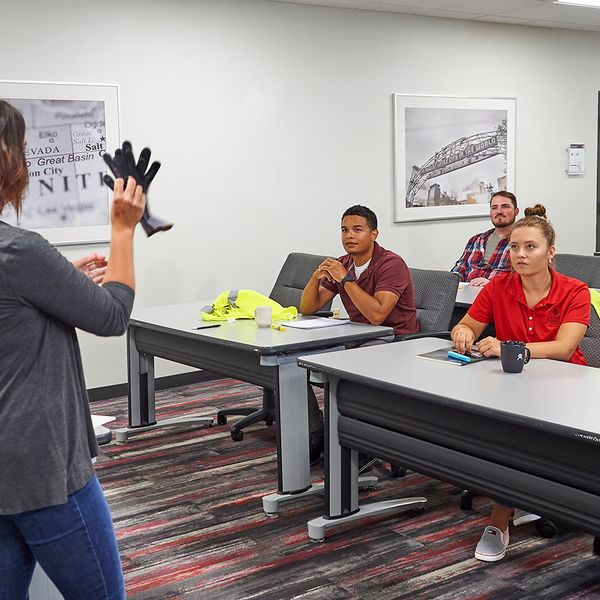OSHA’s closing in on requiring PPE that actually fits ─ Will you be compliant?
In direct contrast to the General Industry standard, the current OSHA Construction personal protective equipment (PPE) standard doesn’t explicitly state that PPE must properly fit workers. After years of rulemaking activity, OSHA is finally getting closer to a rule change. Employers should be aware of what’s on the horizon and why a change is needed so they can better prepare and protect their workers.
Overview of changes
As referenced above, the current OSHA Construction PPE standard at 1926.95, Personal Protective and Lifesaving Equipment, requires employers to ensure PPE is of safe design and construction. However, it leaves ambiguity about the proper fit of PPE.
With OSHA’s recent release of their Spring 2024 agenda, a proposed rule addressing PPE fit in Construction was bumped to the final rule stage and is slated for release in September. OSHA’s proposed revisions of this rule include:
- Amending section 1926.95(c) to have the requirement in subparagraph (c)(2) that employers select PPE that properly fits each affected employee,
- Moving the current language in section 1926.95(c) about safe design and construction to subparagraph (c)(1), and
- Including language in paragraph (c) requiring employers to ensure that both requirements in subparagraphs (c)(1) and (c)(2) are met.
Proper fit matters
It should come as no surprise to those in the safety profession that PPE must fit properly in order to provide adequate protection to the wearer. If PPE doesn’t fit properly, it can be the difference between an employee being safely protected or dangerously exposed. In some cases, it may not protect the employee at all, and in other cases, it may present additional hazards.
When selecting PPE, employers must take each worker’s physical differences into account in order to ensure proper fit. This effort to maximize safety allows the employer to avoid certain issues depending on the particular type of PPE, including:
- Head and face: Ill-fitting hard hats, face shields, welding helmets and safety glasses/goggles can feel bulky and unbalanced. They cause pinch points, headaches, and neck and shoulder strain and may also create gaps in coverage, allowing debris to enter the eyes. This can lead to worker distraction, loss of productivity, and removal of PPE altogether.
- Torso: Oversized FR/AR clothing, welding coat, or Tyvek suit may “drown” the worker in excess material, which creates new hazards such as loose clothing getting caught in machinery or overheating in warmer conditions.
- Hands: Gloves that are too large for the wearer can cause a loss of dexterity. If the gloves are too small, they may cause undue pressure on the hands and increased perspiration, which can lead to fatigue and related injuries.
- Feet: Poorly fitting footwear can lead to repetitive strain injury, poor posture, plantar fasciitis, fallen arches, and flat feet. Over time, workers can develop secondary injuries to the knees, hips, and spine. They can also introduce slip, trip and fall hazards that would otherwise not be an issue with properly fitting safety shoes or boots.
Industry support
Throughout the rulemaking process, OSHA received public comments in response to the notice of proposed rulemaking. Organizations and individuals have expressed their support of the proposed revision to clarify that PPE must properly fit each affected employee. Comments in favor of the proposed rulemaking include:
- ‘‘[T]his is particularly important for women in the construction industry, who often have difficulty obtaining properly fitting PPE.’’
- “The fit problem can also affect men, including with respect to harness sizes for men who are over certain weight limits.”
- “The proposed revision would not only make the construction standard consistent with the general industry standard, but was also supported by worker organizations, safety associations…”
- “Employees are more likely to remove improperly fitting PPE, thus negating whatever protection the PPE might otherwise provide.”
- “Prevention through design can eliminate many costs associated with PPE because PPE designed to be adjustable and customizable can prevent employee exposure to hazards created by improperly fitting PPE.”
Key to remember: PPE must fit properly in order to provide adequate protection to employees. The change to the Construction PPE standard would explicitly state this.




















































